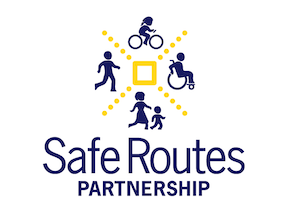This mid-course report examines the research literature and provides recommendations for increasing physical activity levels of American youth across five key settings: Schools, Preschool and Childcare, Community, Home, and Healthcare.
Part IV of the series "Steps to a Walkable Community: A Guide for Citizens, Planners, and Engineers."
This resource provides school board members with information on local wellness and physical activity resources, sample policies, case studies and fact sheets.
Steps to a Walkable Community compilesmultidisciplinary tactics that readers can assemble into customstrategies designed for their community’s circumstances.
This report describes the expert panel process that was used to identify 24 recommended strategies for obesity prevention and a suggested measurement for each strategy that communities can use to assess performance and track progress over time.
This guide is designed to help schools respond the the special nutrition concerns of low-income students in their wellness policies, including through increasing physical activity and recreational opportunities.
The aim of the Active School Neighborhood Checklist (ASNC) is to provide decision makers with a quantitative tool for evaluating the potential long-term health impacts of candidate school sites on the children who will attend them.
This document provides a list of resources, steps and processes for creating healthy food and physical activity environments.
Released in 2014 by Smart Growth America, Measuring Sprawl 2014 examines how some places in the United States are sprawling out and some places are building in compact, connected ways.
In this monograph, the Prevention Institute has profiled eleven projects in predominantlylow-income communities where local residents mobilized public and private resources to makechanges in their physical environments to improve the health and quality of life for their citizens.

